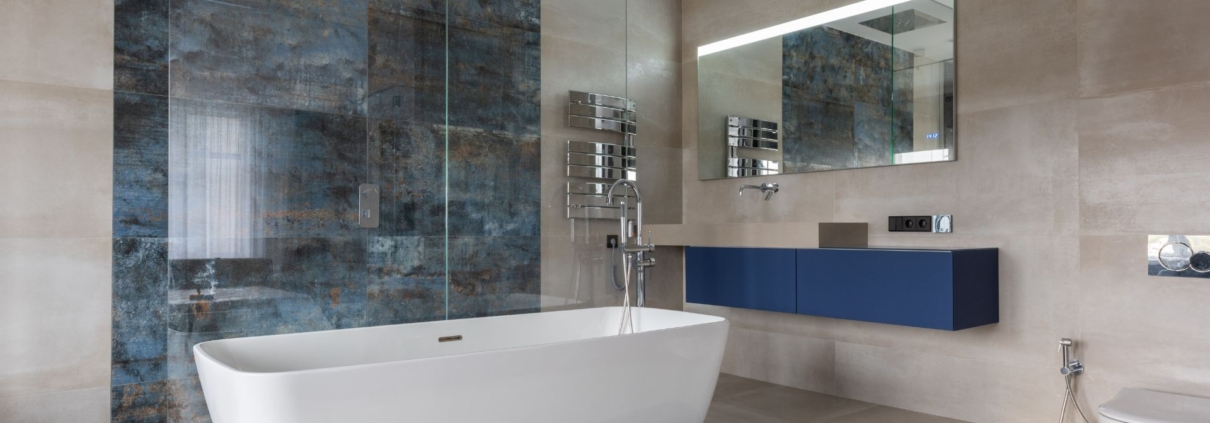Granite Countertop Installation: A Complete Guide to Choosing, Installing, and Maintaining Granite Countertops
When it comes to upgrading your kitchen or bathroom, granite countertop installation is one of the most valuable and stylish investments homeowners can make. Known for their durability, timeless beauty, and wide range of colors and patterns, granite countertops not only enhance the aesthetics of your space but also increase property value. However, choosing the right granite countertops and installation process requires planning, professional guidance, and an understanding of what to expect before, during, and after installation.
In this guide, we’ll walk you through everything you need to know about granite countertop installers, how to select the perfect stone, the installation process, and tips for long-term maintenance.
Why Granite Countertops Are a Top Choice
Granite is a natural stone formed deep within the earth, making each slab unique in color, veining, and texture. Homeowners prefer granite countertops because:
- Durability: Granite is heat-resistant, scratch-resistant, and long-lasting.
- Beauty: With countless patterns and colors, granite offers a natural elegance that complements any design.
- Value Addition: Homes with granite countertops often sell faster and at higher values.
- Easy Maintenance: With proper sealing, granite is resistant to stains and bacteria.
Choosing the Right Granite Countertop
Before beginning your granite countertop installation, consider these important factors:
- Color and Pattern – Granite comes in shades ranging from subtle whites and grays to bold blacks, blues, and even reds. Visit a showroom to see slabs in person since small samples may not show full veining patterns.
- Finish – Granite surfaces can be polished for a glossy look, honed for a matte finish, or leathered for a textured appearance.
- Edge Style – Popular options include beveled, bullnose, and ogee edges. The edge style you select will affect the overall design and cost.
- Slab Size – Larger slabs may reduce the need for seams in your countertops, creating a seamless and luxurious look.
- Budget – Costs vary depending on rarity, color, and complexity of installation. Get multiple quotes from granite countertop installers before finalizing.
The Granite Countertop Installation Process
Professional granite countertops and installation involve several steps to ensure precision and durability. Here’s what the process typically looks like:
- Initial Consultation & Measurement
The process starts with an in-home consultation where installers take precise measurements of your kitchen or bathroom. Templates are created to map out exact countertop dimensions. - Slab Selection
After measurements, you’ll choose your preferred granite slab. Many homeowners visit a stone yard to handpick the piece they want since each slab is unique. - Cutting & Fabrication
Once the slab is selected, fabricators cut it according to your template. Cutouts for sinks, faucets, and cooktops are made during this stage. Edges are polished based on your chosen style. - Preparation & Removal of Old Countertops
Before installation, old countertops must be removed, and cabinets must be leveled and reinforced to hold the weight of granite. - Installation
The slab is carefully transported and set into place by professional granite countertop installers. Adhesives and seams are applied, ensuring a secure and seamless fit. - Sealing & Finishing
Once installed, granite is sealed to protect against stains and moisture. Installers also perform final polishing for a flawless finish.
The Importance of Professional Granite Countertop Installers
Granite is extremely heavy, and improper handling or installation can lead to cracks, misalignments, or damage. Hiring skilled granite countertop installers ensures:
- Accurate measurements for a perfect fit.
- Secure installation without risk of shifting.
- Proper sealing techniques to extend countertop lifespan.
- Warranty coverage for both materials and labor.
DIY granite installation is not recommended due to the precision and equipment required.
Maintenance Tips for Granite Countertops
Once your granite countertops and installation are complete, following a few simple care steps will keep them looking new for years:
- Clean Daily: Use a mild dish soap and warm water with a soft cloth. Avoid harsh chemicals.
- Reseal Regularly: Granite should be resealed every 1–2 years, depending on usage and stone type.
- Prevent Stains: Wipe spills immediately, especially acidic substances like wine, citrus, or vinegar.
- Avoid Heavy Impact: While durable, granite can chip if heavy objects are dropped on it.
- Use Cutting Boards & Trivets: Even though granite is heat and scratch resistant, it’s best to protect the surface.
Cost of Granite Countertop Installation
The cost of granite countertops depends on several factors:
- Granite Type: Exotic colors and rare patterns cost more.
- Slab Thickness: Thicker slabs are pricier but offer a more luxurious look.
- Edge Design: Intricate edge styles increase labor costs.
- Installation Complexity: Larger kitchens, multiple cutouts, and backsplashes can increase the price.
On average, homeowners can expect to pay between $50–$200 per square foot for granite countertop installation, including materials and labor.
Final Thoughts
Investing in granite countertops and installation is a decision that combines practicality with beauty. With the right choice of stone, skilled granite countertop installers, and proper care, granite can serve as the centerpiece of your kitchen or bathroom for decades. Its natural elegance, strength, and timeless appeal make it a wise investment for any homeowner seeking both functionality and luxury.
If you’re ready to elevate your home, start by consulting trusted granite countertop installers in your area and handpicking a slab that reflects your unique style. With professional guidance, your dream space with stunning granite countertops is closer than you think.




Leave a Reply
Want to join the discussion?Feel free to contribute!